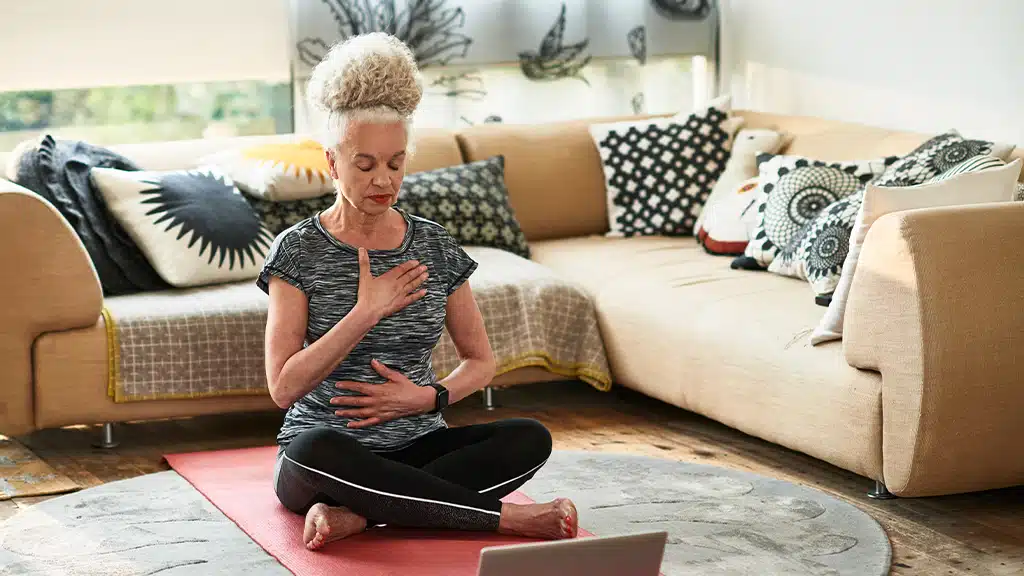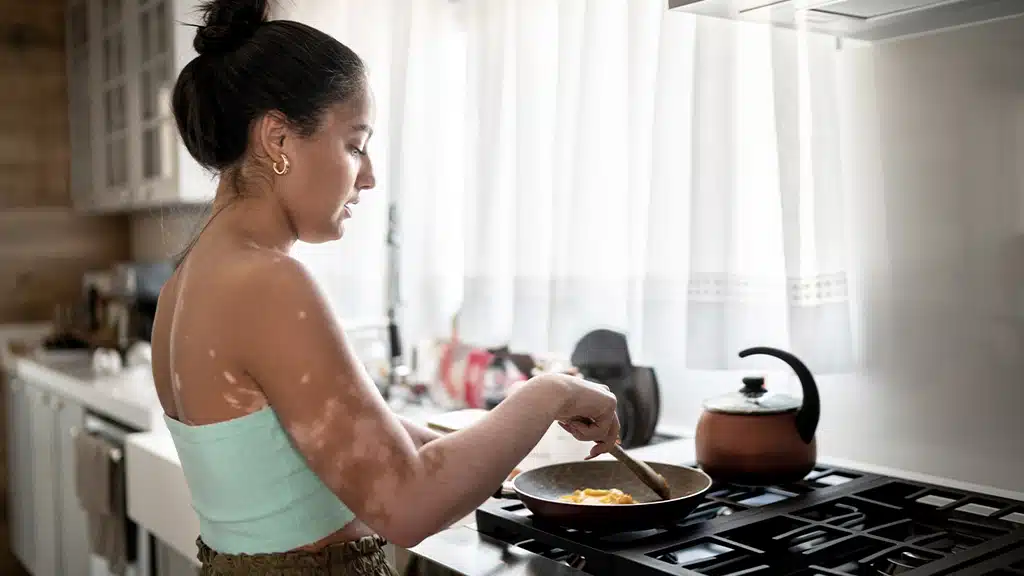Saprea > Online Healing Resources >Common Symptoms: Physical Pain
What Is Chronic Physical Pain?
Chronic physical pain is typically defined as pain that is recurring or persistent for more than three months.1 The study of pain and its severity, location, persistence, and various treatments is complex, with many unknowns. However, for our purposes we use the definition above, and recognize that pain, whether felt in large areas of the body (referred to as diffuse pain) or specific areas (i.e., stomach aches, pelvic pain, etc.) can be disruptive to daily functioning and is often tied to feelings of sadness and depression.
What Does Physical Pain Have to Do with Child Sexual Abuse?
In recent years, more and more studies are demonstrating a connection between childhood trauma and later mental and physical illnesses that manifest in adulthood. One such physical challenge is chronic physical pain. And, sadly, there is a higher prevalence of physical pain occurring in survivors of child sexual abuse (as compared to other types of childhood trauma like neglect or parental drug abuse).
Some of the most common ways survivors of child sexual abuse can experience physical pain include:2
- Adult onset arthritis
- Fibromyalgia
- Long-term fatigue
- Diabetes
- Circulatory problems
- Digestive problems
- Respiratory problems
- Musculoskeletal problems
- Reproductive problems
Whether the chronic physical pain you experience is connected to an additional health issue or not, it is likely linked in some way to the trauma you endured as a child or adolescent. While there is still much to learn about the human brain, we do know that trauma, specifically childhood trauma, has a great impact on the brain and limbic system. Your experiences as a child caused your brain and body to engage in a stress response cycle, where your brain was protecting you by releasing hormones to help your body find ways to protect itself.
Unfortunately, in the case of child sexual abuse it is often impossible to literally fight or flee, so the body developed other ways to respond to the threat, such as dissociating from the present or freezing in place until the threat has passed. Meanwhile, the stress that flooded the body, pumping it with adrenaline to fight or escape, was never released.
Many of the responses that your brain resorted to during the abuse can linger into adulthood. And while they may have been helpful in shielding your developing body and mind during episodes of childhood trauma, these same responses may be interfering with your day-to-day functioning and feelings of well-being as you try to respond to the needs of adulthood. For instance, while emotional numbness may have helped you to cope with the pain and betrayal of the abuse during childhood, it might now be hindering your experiences and relationships as an adult. On top of these coping responses, the unresolved stress you experienced during your trauma may have led to long-term impacts on both your brain and body.
If My Pain Is Connected to My Trauma, Does That Mean It’s Not Real?
No. The physical pain you are experiencing is valid and real. In a very basic explanation, the stress response that your body engaged in to cope with the sexual abuse may have created changes in your developing brain; this is especially the case if this heightened stress was sustained for long periods of time and without the relief, support, or calming influence of a parent or another trusted adult figure.3 The changes in your brain brought about this stress can be responsible for a host of symptoms, and can affect the brain’s perception and response to pain, and may, in combination with genetic factors, increase the body’s inflammatory response.4
In his book, The Body Keeps the Score, Bessel van der Kolk5 explains the very real way that trauma can affect how the brain perceives stimuli—even long after the traumatic events have passed:
Finding Answers and Relief
Many survivors of sexual abuse tell us they’ve tried all kinds of things to manage their pain over the years, with very little success. We don’t have the miracle cure either, but we ascribe to the idea that as you Acknowledge the ways in which sexual abuse has had an impact on your life, you become more empowered to make intentional decisions to help you manage the long-term effects of trauma.
It’s also important to remember that, while chronic physical pain may not entirely go away, managing symptoms can make a drastic improvement in overall feelings of well-being. The high levels of stress your body has been holding since childhood have likely been exacerbating the chronic pain you’ve been experiencing, along with other symptoms. And when you implement tools and strategies to help alleviate this overactive stress, odds are you’ll experience relief in other areas, including your physical pain.
Resources to Help With Physical Pain
Below are three recommendations from our resource library. Each of these recommendations are tools that might be effective in helping you manage the physical pain you are currently experiencing. (Please note that these resources do not replace the advice of your physician. Check with your health care provider before engaging in any new physical/movement activity.)

Paced Breathing

Yoga

